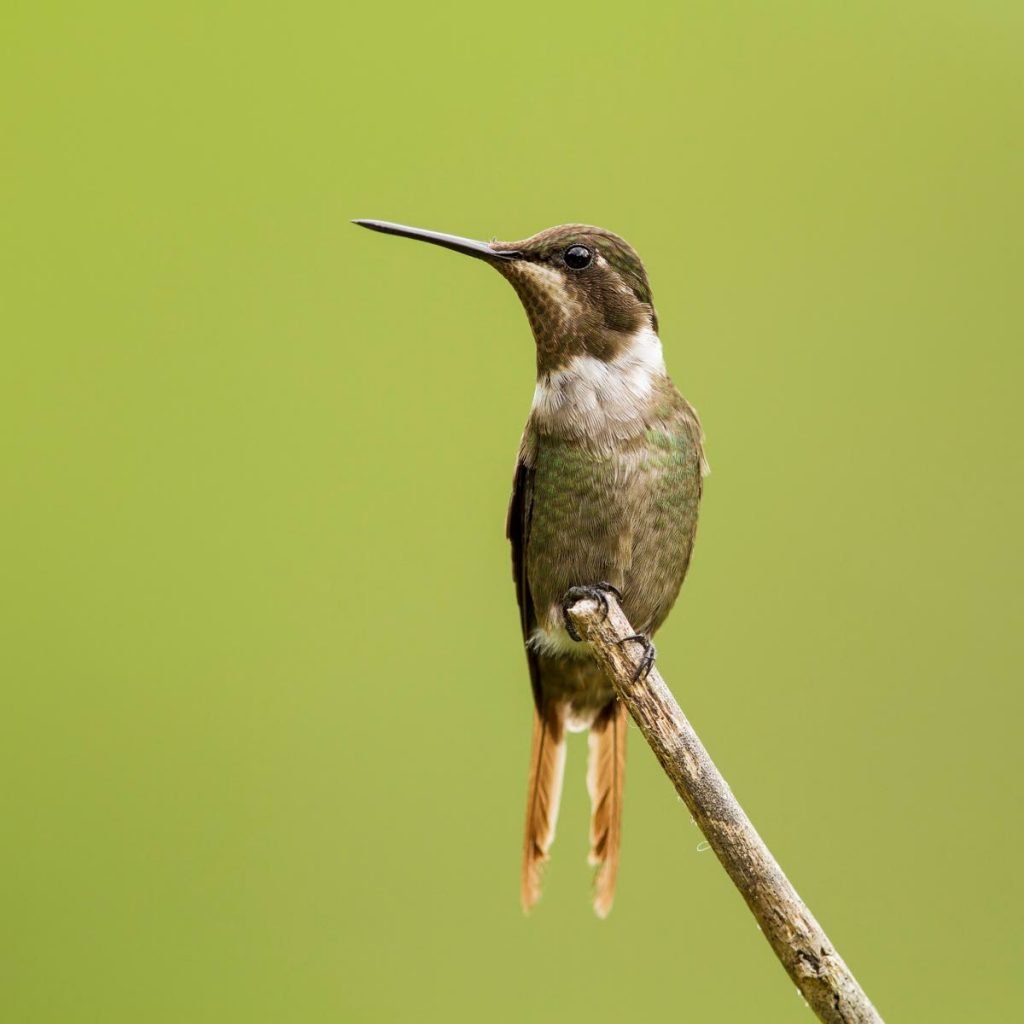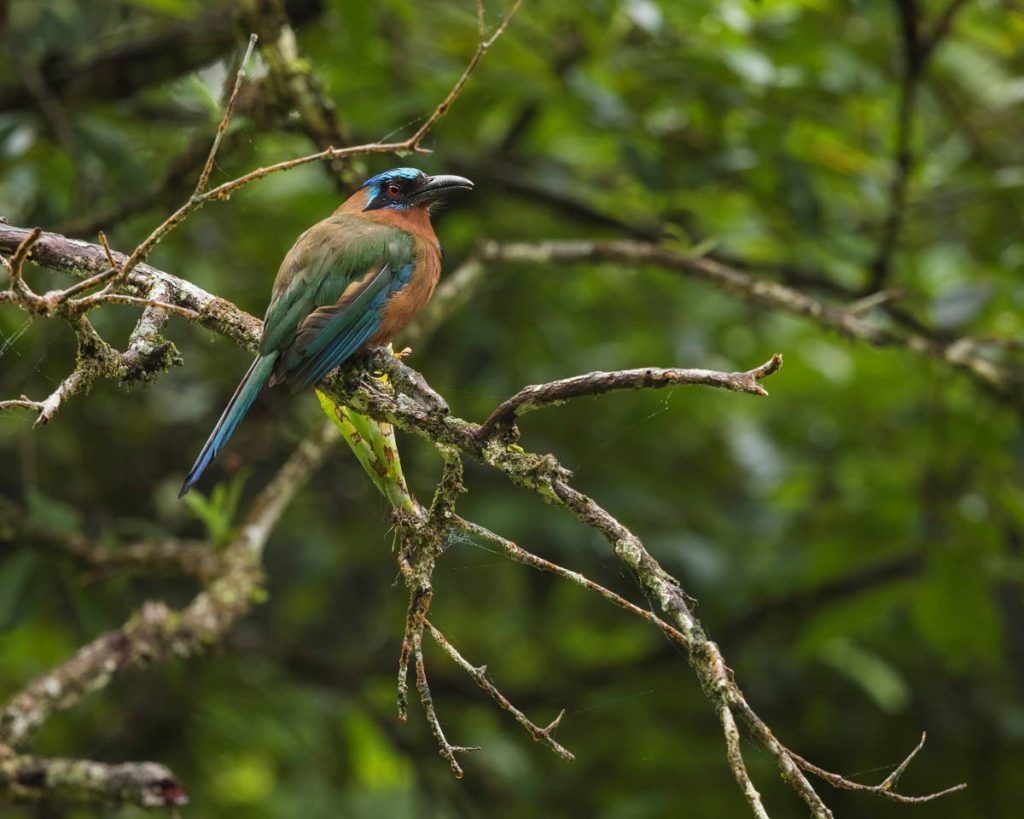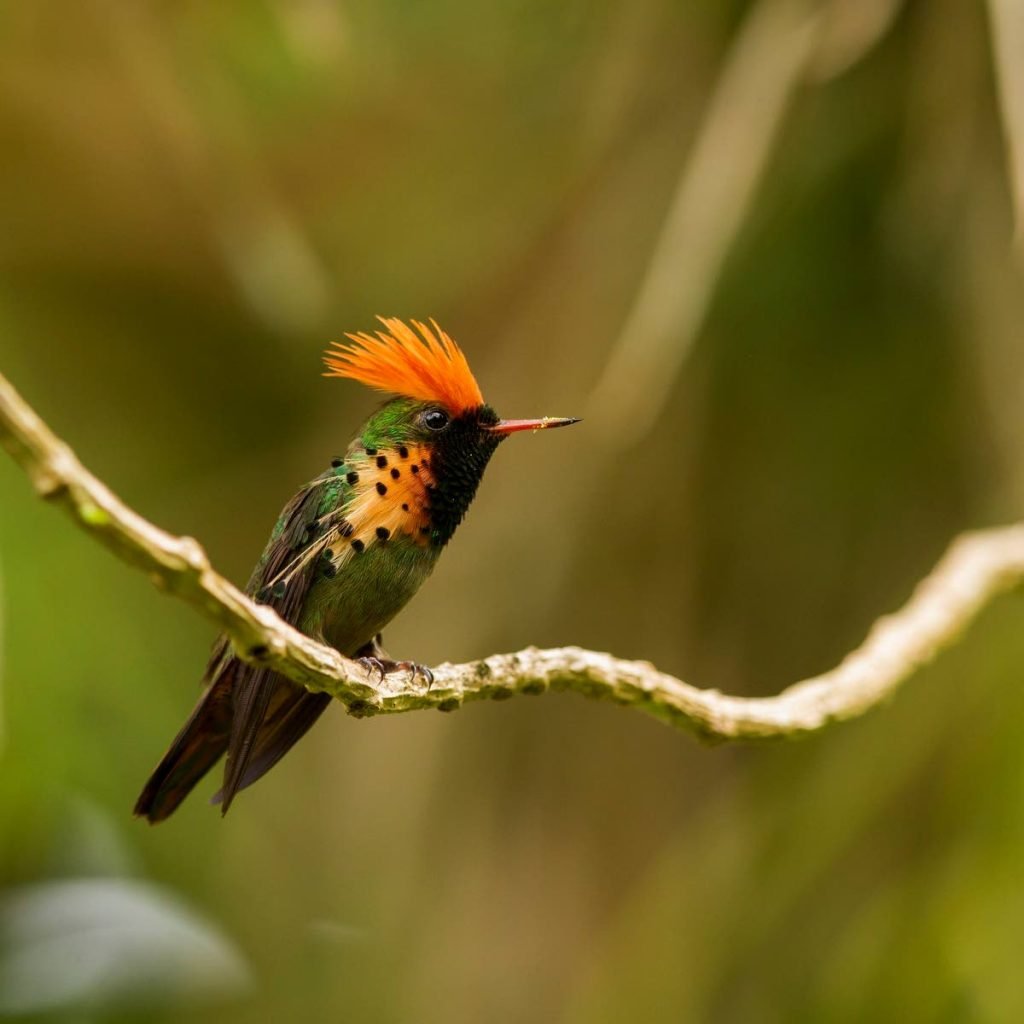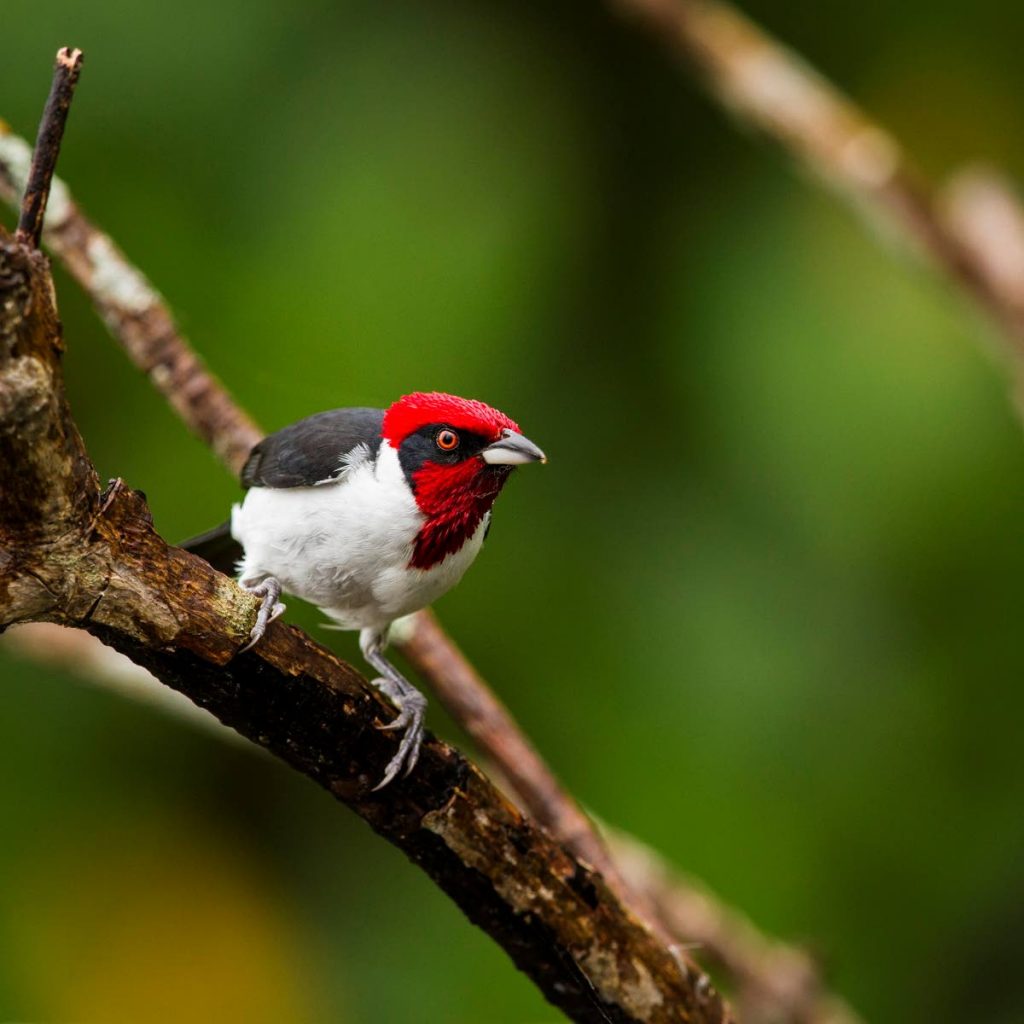Immortalised on money

On the occasion of the 58th anniversary of independence, Faraaz Abdool presents the feathered icons of TT, through his photographs, with a plea for greater sensitivity to the wildlife that the islands sustain.
Here in TT, birds feature prominently on our coat of arms, currency and as emblems for many of our national organisations. Even a cursory glance leads one to realise that birds are everywhere – from the police to the postal service to the national airline. Such is the extent of birdlife within our twin-island republic that we are one of the few countries to have more than one official national bird!
After hummingbirds, one of our well-known birds is the Scarlet Ibis. This wading bird certainly lives up to its name, attaining an almost unreal colour by the time it reaches maturity. As a family, ibises span the globe – but none are as brilliant as the Scarlet Ibis. These resplendent birds are an ecotourism beacon for TT, with countless visitors wowed by the spectacle of thousands of Scarlet Ibis returning to their roosting sites within the Caroni Swamp at sunset.
The Scarlet Ibis is the national bird of Trinidad and appears on the Coat of Arms as well as the $1 bill. Typically residents of mangrove swamps on Trinidad, they have recently been sighted in similar habitats on Tobago. Their bright red plumage is a direct result of a diet that is heavily based on carotenoid-rich crustaceans, crabs.
Ask your friend or neighbour what is the national bird of Tobago and they will likely answer “Cocrico!” – while not technically incorrect, this is only our local onomatopoeic name for this affable creature. Its official name is much more fanciful yet equally descriptive: Rufous-vented Chachalaca. The name “chachalaca” is also in reference to their vocalisations. This species is immortalised on our $10 bill.

Being brown overall, this gregarious species may be overpowered by the Scarlet Ibis within the Coat of Arms but what it lacks in looks it makes up for in voice. A closer inspection would reveal subtle colours that were previously undetected, however. Their tail feathers are tipped with rufous, their head is a slate grey. Like many other members of their family, they sport a patch of bare skin called a wattle.
Within the Coat of Arms there are two additional birds. Sporting forked tails and faint crests, they are well-intentioned hummingbirds. Used in the designs for our independence in 1962, these birds on our Coat of Arms beg a very pertinent question: exactly which species were these modelled after? There are only two species of hummingbird occurring within TT that have forked tails; both are exceedingly tiny and rarely seen.
Our $20 bill also carries the image of a hummingbird, the particular species being a subject of many a debate among local and visiting birders. There are currently 18 species of hummingbirds that have been recorded across TT, many of them quite distinctive and charismatic. Most of them are decorated with gaudy, shimmering colours with some carrying additional adornments. Some species are generously distributed across the neotropics, others are extremely localised and are unique to TT. Physically, there is much variation across the family, with many species evolving alongside specific flowering plants in partnerships that are necessary for both parties’s long term survival. While some have short, straight bills, others have long, strongly curved bills to access nectar sources that are exclusive to those who can reach.

Painting all hummingbirds with a single, broad brush is a sad affair. We are losing the opportunity to impart many valuable lessons in biodiversity, evolution and the interconnectedness of nature. Even within a single species there is often considerable variation in plumage between the sexes – our eighteen species yield 30 distinctly plumaged hummingbirds.
There isn’t much question about the bird that appears on our $5 bill though. Formerly known as the Blue-crowned Motmot, this brilliantly-coloured bird is now our very own Trinidad Motmot. When I say “our” Trinidad Motmot, I mean it – this species is endemic to TT and is thus found nowhere else on the planet. Much more easily encountered on Tobago, this omnivorous bird can be as deadly as it is beautiful. Its thick bill is deeply serrated, and it rarely passes up any opportunity for a meal. In addition to a wide selection of fruits; insects, frogs, lizards, snakes and other birds are all on its menu. A young Trinidad Motmot was even documented attacking a small boa constrictor in Tobago some years ago. Inexperience got the better of that bird – it immediately became locked in a mortal struggle with the snake – eventually falling victim to the serpentine sinews of its intended victim.
The patriotically-plumaged masked cardinal adorns our $50 bill. Confusingly, it is not related to the famous all-red cardinals of North America nor does it even belong to the family Cardinalidae. They are in fact members of the tanager family! This uncommon, charismatic resident of mangroves and freshwater lagoons along Trinidad’s west coast steals the hearts of all who encounter it.

There is one other bird that features prominently in our currency, albeit one that is impossible to see on either Trinidad or Tobago. Over a hundred years ago almost 50 Greater Birds-of-Paradise were released on Little Tobago as a security measure for the species that was at the time experiencing a sharp decline in numbers due to the trade in their magnificent plumes. Gradually, the birds adapted to life on Little Tobago and eventually bred there although a nest was never found. The last time a Greater Bird-of-Paradise was seen on Little Tobago was in 1981. Their presence on Little Tobago was the reason why it was sometimes referred to as “Bird-of-Paradise Island”.
Well-intentioned as it may have been, we now know far better regarding the perils of introducing alien species to foreign lands. Fortunately for the birds-of-paradise, the popularity of the plume trade has more or less dwindled into nothing and their population is currently relatively stable in their home range on Papua New Guinea.

The Greater Bird-of-Paradise is featured on our highest unit of currency, the $100 bill. Its historical significance aside, maybe one day we will see one of our almost five hundred species of native birds being showcased in its place. T&T has the second highest density of bird species referenced to surface area in the world so we can definitely afford to – and should – venerate one of our own.


Comments
"Immortalised on money"